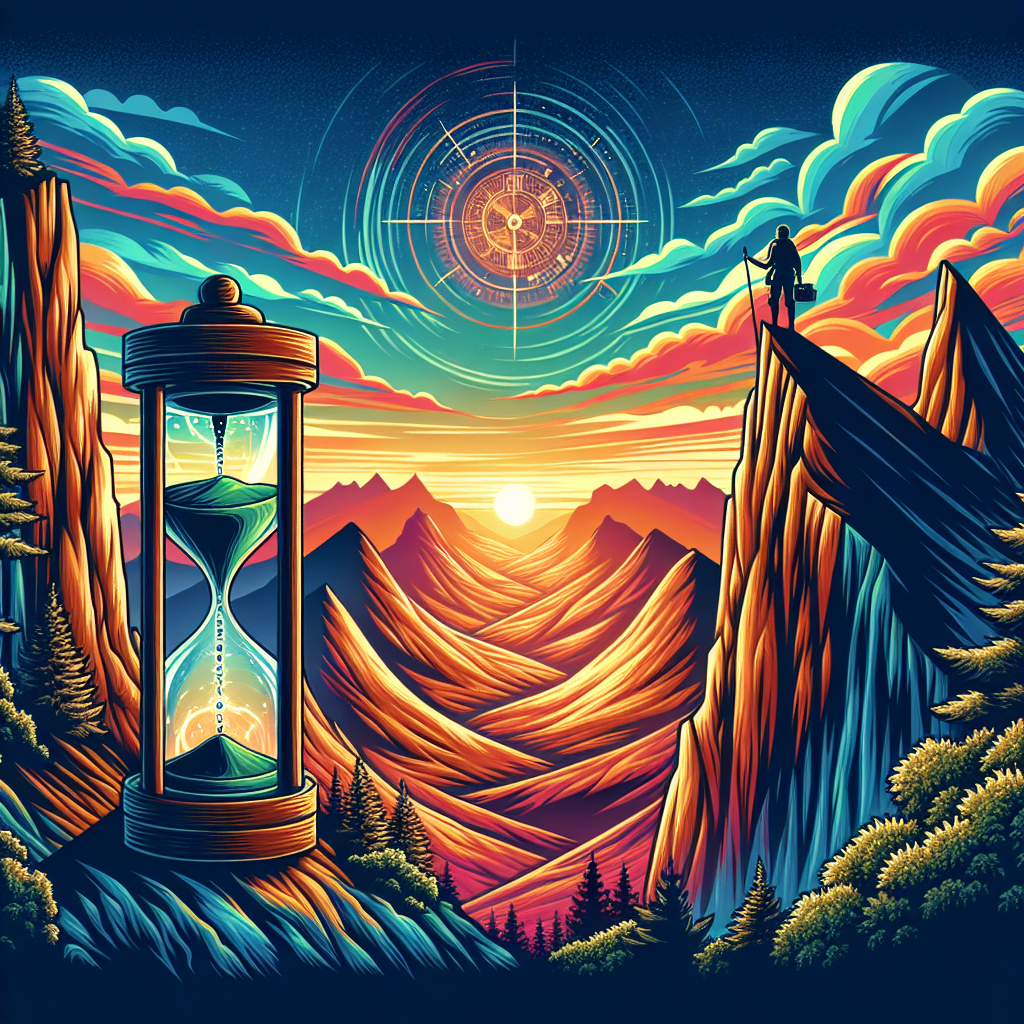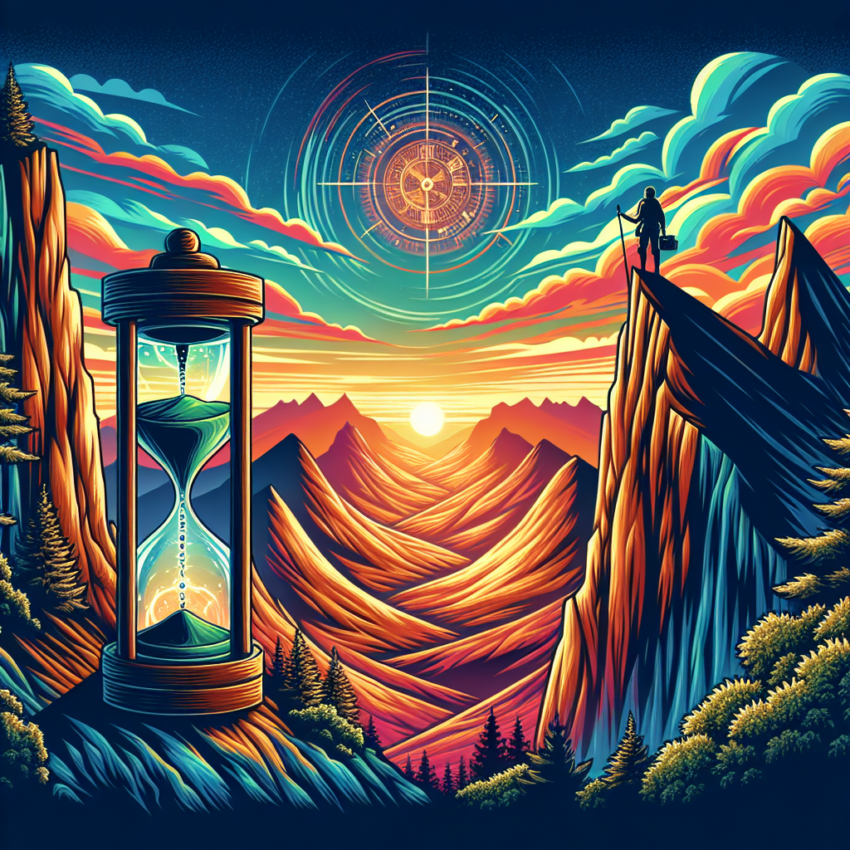
Once upon a time, in the sprawling city of Chronopolis, a city known for its avant-garde approach to time and space, lived two theoretical physicists, Dr. Eleanor Rigby and Dr. Isaac ‘Asimov’ Newton. Their minds were as sharp as the quantum blades of grass in their theoretical gardens.
Dr. Rigby, a quantum mechanics expert, proposed the ‘Chrono-Coherence Theory’, suggesting that events in one universe could influence outcomes in another, creating a network of ‘echo-realities’. Meanwhile, Dr. Newton, a cosmologist, explored the ‘Entanglement Equilibrium Hypothesis’, where every choice splits the universe into multiple branches, each hosting a different outcome.
At the ‘Quantum Congress’, their theories collided not just scientifically but romantically. Their debates were electric, their love, a force intertwining their theories. However, tragedy struck when a lab experiment with a prototype quantum entanglement device went awry. During a demonstration, the device inadvertently entangled Eleanor and Isaac’s fates with multiple alternate realities, causing their lives to blur into countless possibilities.
Eleanor found herself in a world where Isaac was an ordinary engineer, devoid of his cosmic insight, while Isaac saw Eleanor as a mere science fiction writer. Each reality mirrored their theories but twisted their personal lives into a tragicomic tapestry.
Determined to reunite, they embarked on a journey through the multiverse, guided by the faint quantum whispers of their original reality. Their adventure was both a comedy of errors and a tragedy of missed chances. In one universe, they were too young; in another, too old. Sometimes, they met as lovers, other times as lifelong adversaries.
The turning point came when they discovered an echo-reality where they were both physicists again but had married each other’s colleagues. Here, they realized their theories were not just about universe entanglement but about the profound human connections that transcend realities.
In a dramatic conclusion at the ‘Quantum Congress’ of yet another reality, Eleanor and Isaac, now armed with the knowledge of their cross-universal trials, presented a new theory: ‘Quantum Empathy’. They argued that consciousness could influence quantum outcomes, suggesting that the observer effect wasn’t just about measurement but about emotional and existential resonance.
Their presentation, rich with data from countless lived experiences across the multiverse, stunned the scientific community. As the applause erupted, Eleanor and Isaac realized they had not just bridged scientific paradigms but had also unified their fractured realities. Their love had become the very quantum bridge they theorized, proving that love, like quantum mechanics, could entangle lives across the fabric of the cosmos.
They returned to their original world, their lives now a testament to the interconnectedness of everything. Their story was not just about love lost and found but about how the universe itself might be a love story, an intricate dance of probabilities, possibilities, and passion.
